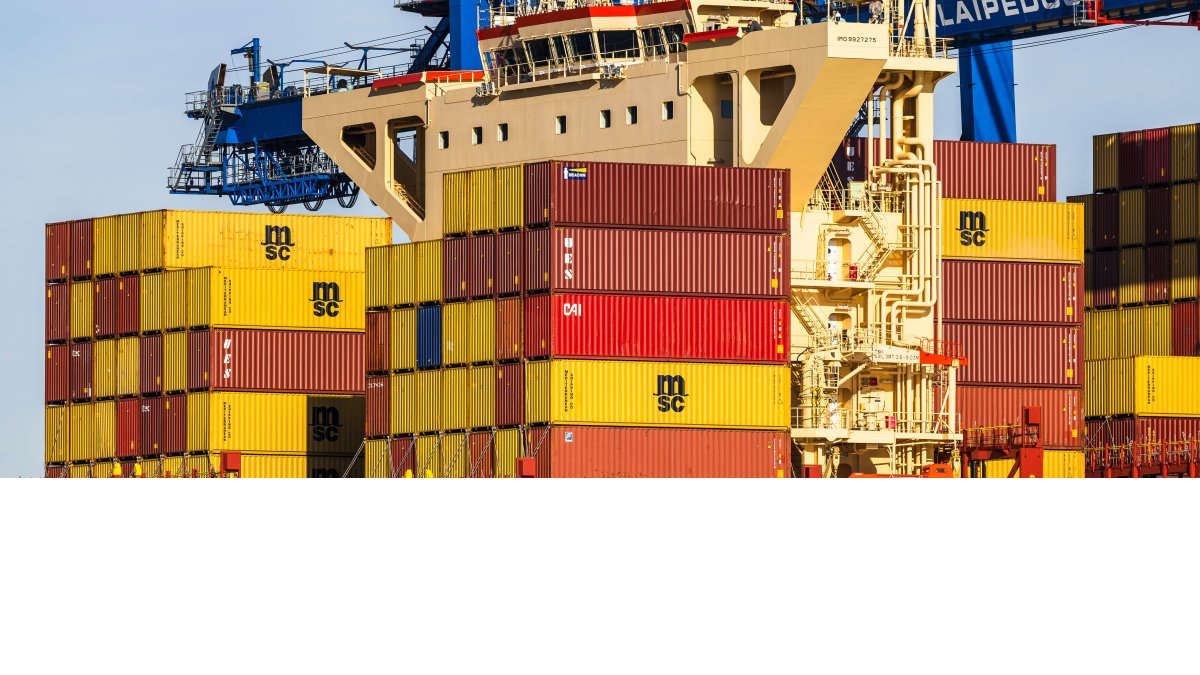
作者/Author(s): William Alan Reinsch
網站來源/Source: Center for Strategic and International Studies
日期/Date: 08/15/2025
關鍵字/Keywords: 經濟、轉運、美國
摘要:
由於定義模糊,「轉運」(transshipment)在現行貿易協定中只是個小議題,但未來可能會變得很重要。
- 轉運最簡單的定義是:貨物自 A 國經由中間人 B 國出口到 C 國。在一般情況下,B 國僅作為貨物前往 C國 的過境或倉儲地。只要貨品原產地標示正確,C 國僅會對 A 國徵收關稅。
- 然而,現今的轉運變得越來越複雜:
- A 國的貨物可能在 B 國被重新標示為「B 國產品」,再出口至 C 國,以規避針對 A 國的關稅,此舉屬於非法關務詐欺。
- 來自 A 國的產品可以先在 B 國轉換成新產品,然後再賣給 C 國。依照現行國際海關規範,該產品即被視為 B 國產品。然而,如果 C 國決定產品的主要原產地是 A 國而非 B 國,則可能會推翻現行的全球海關慣例,迫使全球供應鏈重組。
- 由於這兩種新定義有許多例子,因此最主要的問題是 B 國必須在多大程度上改造產品,才能將產品原產地從 A 國 改為 B 國。
- 根據現行海關規範,如果 B 國對產品進行「實質轉型」,或該產品價值的 50% 以上來自 B 國,則 B 國可被認定為原產地。
- 目前,世界貿易組織(WTO)與經濟合作暨發展組織(OECD)正在制定新的原產地規範,傾向以「增加價值比例」而非「實質轉型」作為標準。也就是依照各經濟體對產品所貢獻價值的比例來選'定原產地。
- 另一種做法則是以製造商的國籍作為原產地標準,即使該製造商在國外生產也不例外。
- 這些新架構目前都還沒正式實施。模糊的轉運定義,讓美國得以運用許多非傳統手段來應對問題,但這可能牴觸現存的國際定義與程序。因此,辨識美國的動機與執行措施格外重要。
- 美國的主要動機是減少中國在全球供應鏈中的存在。由於沒有國家會公開承認自己在轉運,因此這種執法難度很高,而且可能在轉運國造成政治問題。
- 第二個原因是要對抗中國的產能過剩,迫使中國國內自行消耗剩餘產能。然而,成功與否最終取決於轉運國的配合意願。
Summary:
Due to its vague definition, transshipment may be a minor issue in current trade agreements, but it could become significant in the future.
- The simplest definition of transhipment is the export of goods from A to C via an intermediary B. Under normal circumstances, B only acts as a transit or storage point for goods headed for C. C will only charge tariffs to A if the origin of the goods is labelled correctly.
- However, transhipment is increasingly becoming more complex:
- Goods from A could be relabeled as products from B before being sent to C to avoid tariffs designated for A. This constitutes customs fraud and is illegal.
- Products from A could be transformed into a new product in B before being sold to C, making the product legally from B under standard international customs regulations. Yet, if C decides the product's primary origin is from A instead of B, it could overturn current global customs practices and force a realignment of the worldwide supply chain.
- Since there are many instances of the two new definitions, the primary concern is to what extent B must remake the product to change its origin from A to B.
- Under current customs regulations, if B substantially transforms the product or accounts for more than 50 percent of the product's value, B will be considered the origin of the product.
- The WTO and OECD are devising new definitions of origin based on a value-added basis instead of the substantial transformation definition. This will allocate the origin based on the proportion of value contributed by each economy.
- Another approach is to identify the product based on the nationality of the manufacturer, even if the manufacturer produces the goods overseas.
- These new frameworks have yet to be operational. The transshipment's undefined status gives the US plenty of non-traditional approaches to deal with the problem, which could contradict internationally agreed-upon definitions and procedures. Therefore, it is crucial to identify the US's motivation and enforcement measures.
- The primary motivation is to reduce China's presence in the global supply chain. It will pose enforcement as no country will publicly admit they are transhipping, and it may cause political problems in transhipment countries.
- The second reason is to counter Chinese overcapacity and encourage them to consume their surpluses. However, the success ultimately depends on the willingness of tranship countries.
